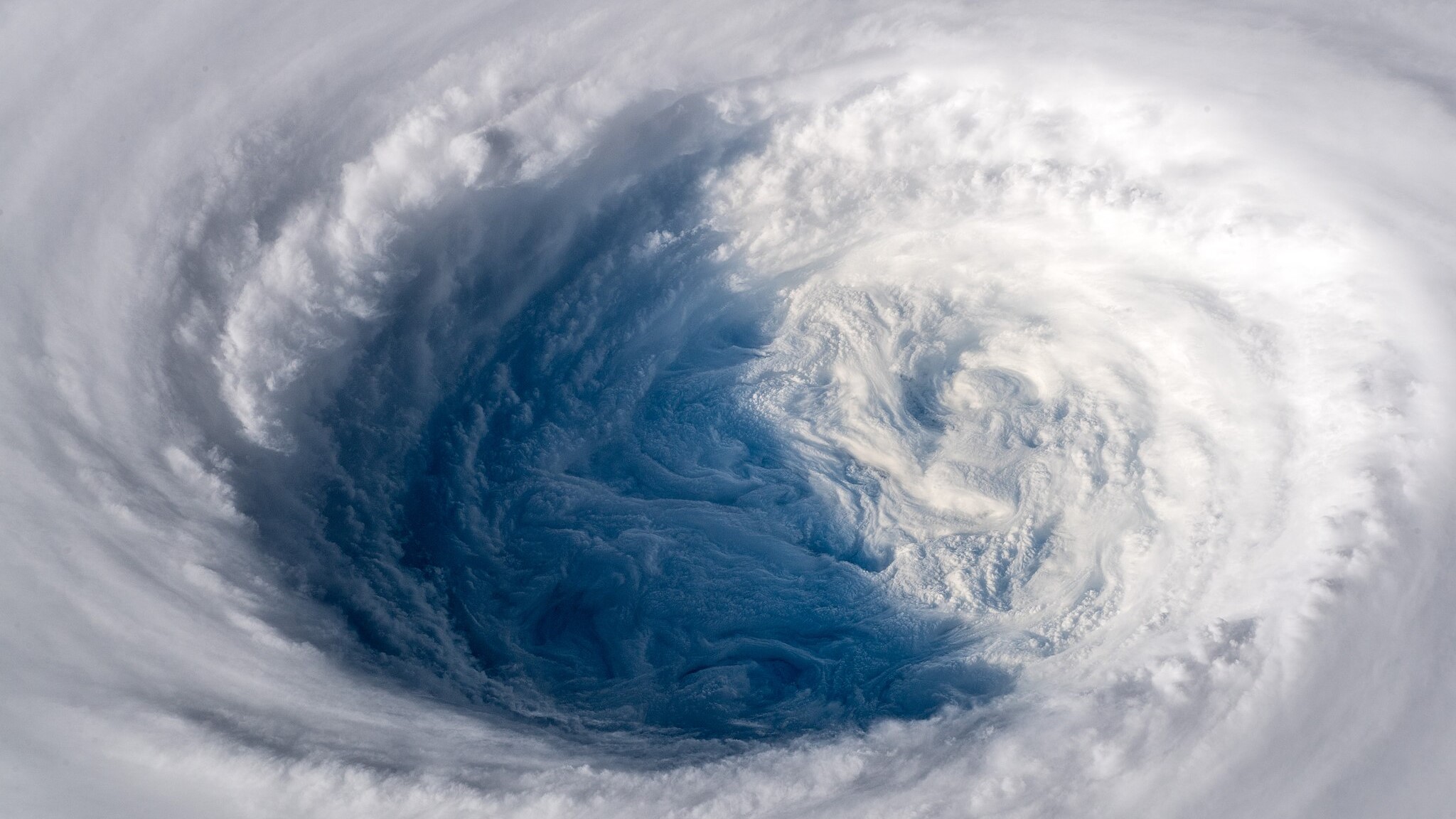Copyright International Business Times

A looming storm threatens to rewrite the Philippine coastline — and with it, the lives of millions. Possible Super Typhoon 'Uwan' brings a scope of danger that the Philippine Atmospheric, Geophysical and Astronomical Services Administration (PAGASA) warns could 'redraw coastlines' when it strikes. Forecast and Scope PAGASA confirms that Uwan, previously known externally as Typhoon Fung‑Wong, is rapidly intensifying and may reach the highest classification of a super-typhoon by Sunday evening or early Monday. According to Inquirer News, the storm's breadth is enormous, spanning from the northernmost province of Batanes down to Bohol in the Visayas. This puts a wide swath of the Philippines at serious risk. PAGASA's bulletin reveals maximum sustained winds currently around 120 km/h with gusts up to 150 km/h, and underscores that the 'highest Wind Signal ... likely to be hoisted ... is Wind Signal No. 5'. Potential for Coastline-Altering Damage The statement 'redraw coastlines' stems from the agency's warning of storm surges up to and exceeding 3 metres in low-lying coastal areas of eastern Luzon, including regions such as Quezon (Polillo Islands), Catanduanes, Albay, and Sorsogon. An International Business Times UK article reported that a storm surge of that magnitude, combined with strong winds and heavy rainfall, has the capacity to transform beachfronts, flood entire villages, erode shorelines, and shift topographies. When the official language uses 'life-threatening and damaging storm surge', the headline isn't hyperbole. The human consequence is stark: coastal communities may lose their homes, livelihoods, and access to safe ground. Evacuations will likely be necessary, and infrastructure, ranging from electricity to water and communications, could fail entirely for many days. Human Impact and Readiness The Philippine Information Agency confirmed that Metro Manila and surrounding regions have already been placed on high alert. The Metro Manila Disaster Risk Reduction and Management Council raised its disaster status to Red Alert, mobilising rescue crews, flood-control systems, and full emergency operations. Local governments are urging residents in vulnerable zones, especially along the eastern seaboard of Luzon and in low-lying areas, to heed evacuation orders, queue for emergency supplies, and anticipate power cuts and communications blackouts. The reach of Uwan means that even areas away from the eventual landfall point must prepare, as intense rainfall, flash flood risks, and landslides are forecast across 25 provinces as early as Sunday afternoon. What Makes This Storm Especially Menacing Compared with typical tropical cyclones in the region, Uwan's projected intensity and breadth are exceptional. The fact that it may make landfall at or near peak intensity increases the risk of worst-case outcomes. Moreover, the wide area of potential impact means the strain on disaster-management systems will be high. When infrastructure and communities across multiple regions all face simultaneous danger, the margin for error narrows sharply. As one forecaster put it: Uwan could 'test our resilience to the limit'. What Residents Need To Know Now According to PAGASA, those living in coastal or low-lying areas from northern Luzon downward should assume the storm may hit close and adjust accordingly. They are advised to secure their homes now if possible; move valuables to higher ground; pack essential items, medicines, and contact numbers; and monitor official bulletins from PAGASA every six hours. Additionally, they should plan for prolonged power outages, water shortages, and communication disruptions, and anticipate that roads may be blocked by fallen trees or debris. Finally, evacuation centres may open soon. When authorities issue orders, residents should treat them as urgent, not optional. Final Thought Super-Typhoon Uwan is not just another storm heading for the Philippines; it carries the potential to alter the very coastline, displace thousands, and cut off critical services. With that level of threat, preparation isn't just advisable, it's essential. Residents, local officials, and response teams must now treat the warnings as urgent. The next few days will be pivotal.



